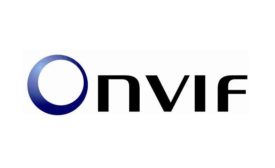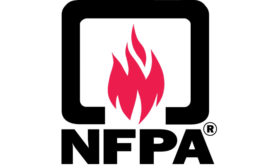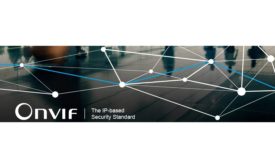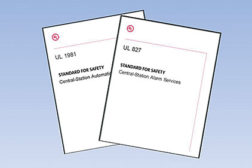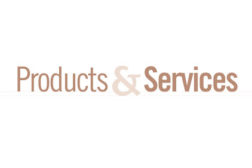Home » security standards
Articles Tagged with ''security standards''
Central Station Monitoring Standards
Underwriters Laboratories explains why UL 1981 and UL 827, standards that cover central station facilities and services, are being updated to reflect the times.
January 23, 2014
Be in the forefront of security intelligence when you receive SDM.
Join over 10,000+ professionals when you subscribe today.
SIGN UP TODAY!Copyright ©2025. All Rights Reserved BNP Media.
Design, CMS, Hosting & Web Development :: ePublishing
